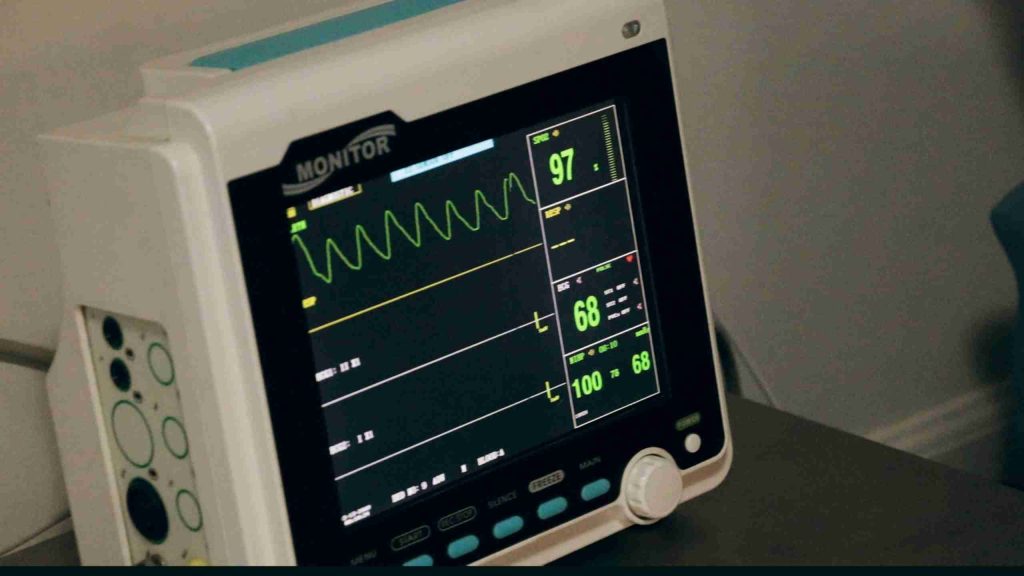Designing products with Bluetooth Low Energy (BLE) technology presents unique challenges that can make or break your embedded project. Project managers overseeing BLE implementations need to understand both the technical considerations and the practical realities that impact development timelines, costs, and product performance.
Hardware Considerations
Selecting the right hardware components forms the foundation of any successful BLE product. When evaluating microcontrollers and BLE modules, look beyond the spec sheet and consider factors like power consumption profiles across different operating modes, not just the advertised numbers. A chip that boasts ultra-low sleep current but draws significantly more during transmission might not be ideal for your battery-powered application.
Key hardware selection factors include:
- RF performance characteristics and sensitivity
- Integration options with your existing architecture
- Development ecosystem support and reference designs
- Long-term availability guarantees from the manufacturer
Antenna design and placement critically impact range and reliability. Even the best BLE chip will underperform with a poorly designed antenna system. Work with RF engineers early in the design process to ensure proper antenna placement away from metal components, ground planes, and other potential sources of interference. Remember that the human body absorbs 2.4GHz signals, so account for this if your device will be worn or held.
For battery-powered devices, power management architecture deserves special attention. Implement proper power sequencing, consider using separate voltage regulators for digital and analog sections, and design with battery chemistry characteristics in mind. The difference between a product that runs for weeks versus years often comes down to these details.

Firmware Architecture
A well-structured firmware architecture pays dividends throughout the product lifecycle. Separate your application code from the BLE stack implementation using clear abstraction layers. This approach makes it easier to update either component independently and simplifies debugging.
Effective firmware design principles include:
- Creating modular code with clear component interfaces
- Implementing state machines for connection management
- Establishing robust error handling and recovery mechanisms
- Documenting interfaces for future maintenance
State machines provide an effective framework for managing BLE connections and power states. Define clear states (advertising, connected, sleep, etc.) with explicit transition conditions. This prevents edge cases where your device might get stuck in an unintended state, draining battery or becoming unresponsive.
Testing and Validation
Testing BLE products requires more than functional verification. RF performance testing under various conditions helps identify issues that might not appear in controlled environments. Test with multiple host devices (phones, tablets) from different manufacturers to ensure compatibility.
Essential testing approaches include:
- Power consumption validation across all operating modes
- Compatibility testing with various host devices
- Stress testing for extended operation reliability
- Range testing in realistic deployment scenarios
Power consumption validation should occur throughout the development process, not just at the end. Measure current draw in each operating mode and during transitions between states. Compare these measurements against your power budget and battery life calculations.
Common Pitfalls to Avoid
Many BLE projects stumble due to predictable issues. Underestimating certification requirements and timelines can derail your launch schedule. Start preparing for regulatory certifications (FCC, CE, etc.) early by understanding the requirements and building compliance into your design.
Frequently overlooked considerations include:
- Security implementation and vulnerability management
- User experience aspects of BLE connectivity
- Planning for firmware updates and maintenance
- Testing across different operating systems and devices
Another frequent mistake is overlooking security considerations. BLE has known vulnerabilities if not implemented correctly. Use the latest security features in your chosen BLE stack, implement proper encryption and authentication, and consider how your device will securely handle firmware updates.
Planning for Success
Project managers should build buffer time into schedules for RF optimization and debugging. Unlike purely digital systems, RF behavior can be less predictable and often requires iterative testing and adjustment.
Allocate resources for specialized testing equipment and consider whether to build in-house expertise or partner with specialists for certain development aspects. Investing in proper tools and expertise typically pays off through faster development cycles and fewer field issues.
By following these best practices and avoiding common pitfalls, your team can deliver BLE products that meet performance expectations, achieve regulatory compliance, and provide a positive user experience.
Next Steps
At Dojo five we pride ourselves on staying informed and up-to-date with the latest in all things BLE and IoT. Could your team benefit from some super talented engineers who are in the know for modern tips, tricks, and best practices? If so, book a call with us to get the conversation started! We look forward to hearing from you!





